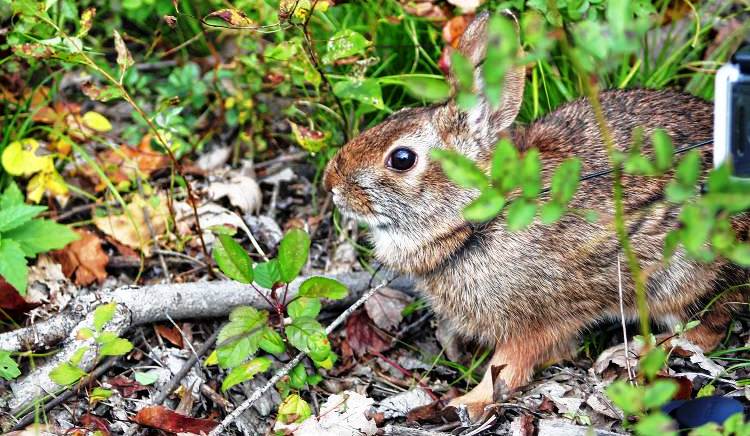When it comes to convincing the public to support the ecosystem known as early successional forests, Scot Williamson of the Wildlife Management Institute knows he’s got a problem.
“They’re ugly,” he says.
That name doesn’t help, either.
“You won’t hear me say ‘early successional.’ You’ll hear me say ‘young forest.’ ” he said.
Indeed, YoungForest.org is the name of a website created by the institute and a number of other organizations to help convince people that healthy forests in New Hampshire and other locations need trees with a mix of ages – even if that requires cutting down a lot of trees now and then so that new ones can grow.
“We don’t have a lot of age diversity in our forests,” said Scott Hall, a senior bird conservation biologist for the National Fish and Wildlife Foundation, noting that most of New England’s forest were cut a century ago for logging or farmland and have since grown back. “We have a resilience problem when all the trees you have are 60 to 100 years old. You need more diversity.”
The topic came up last week when the NFWF said it was giving about $1.2 million to 10 environmental projects in New England, combined with $1.4 million in contributions from private partners including Eversource.
Photo of New England cottontail courtesy of New Hampshire Fish and Game.

